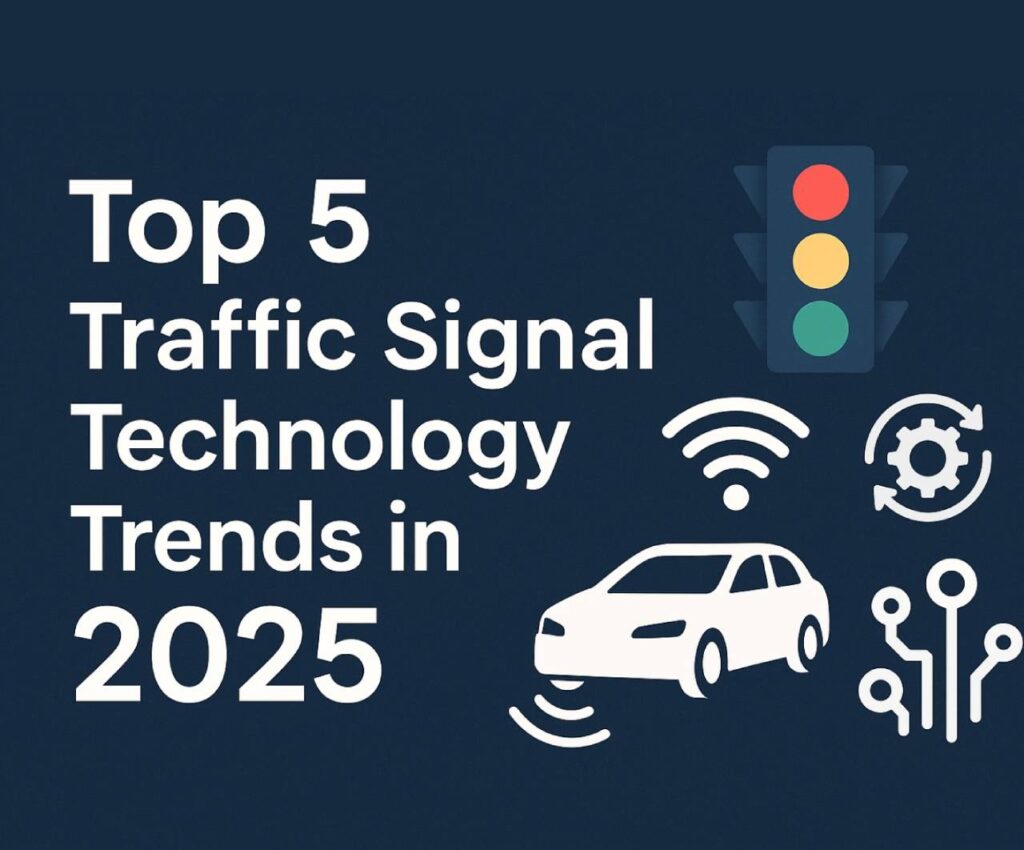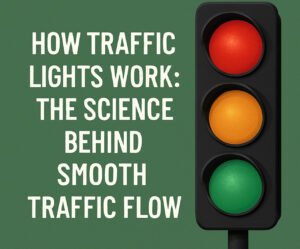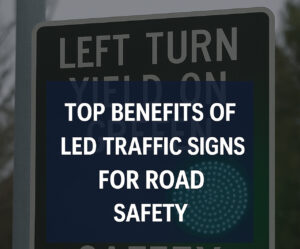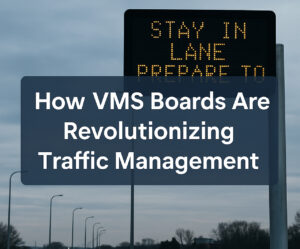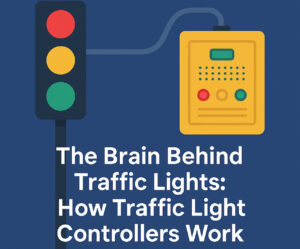As cities aim for smarter and safer roads, traffic control technologies are evolving rapidly. In 2025, the future of traffic management hinges on innovations that go beyond traditional systems. From advanced sensors to AI-driven analytics, new tools are emerging to reshape the way we navigate streets. Among the most discussed innovations are changes to the traffic signal and sign, more responsive traffic signal road sign solutions, and smarter implementations of the blinking red light traffic signal across various urban settings. These developments are not just futuristic—they’re happening now, and they’re setting the tone for global urban mobility. Know more..
1. AI-Powered Adaptive Traffic Signals
Artificial intelligence is no longer just for search engines and smart homes—it’s transforming how we manage traffic. Traditional signal systems operate on fixed timers, but AI-powered systems use real-time data to adjust the timing of each traffic signal and sign based on live conditions.
These systems analyze traffic flow, pedestrian movement, and even vehicle types to determine the most efficient signal pattern. This reduces unnecessary waiting at intersections and minimizes the need for vehicles to stop and start, leading to smoother travel and lower emissions.
A key part of this trend is the intelligent coordination between the traffic signal road sign and the network of smart sensors. For example, if a queue starts forming at a minor road, the AI system can reroute signal priority or update digital signs accordingly. This makes the blinking red light traffic signal more than just a warning—it becomes a proactive safety measure that reflects real-time risk assessment.
2. Vehicle-to-Infrastructure (V2I) Communication
One of the biggest game-changers is V2I technology, which allows vehicles to communicate directly with infrastructure like traffic signals. Imagine your car receiving a message from a traffic signal and sign 100 meters ahead, letting you know it’s about to turn red—or even adjusting its speed automatically to pass through before the change.
This level of coordination helps drivers make smarter decisions, reduces fuel consumption, and improves overall safety. For city planners, integrating V2I with each traffic signal road sign allows for a synchronized flow of traffic, especially during peak hours or in complex urban layouts.
Even the blinking red light traffic signal takes on new meaning in a V2I environment. Instead of serving solely as a visual cue, it can send direct warnings to vehicles, alerting drivers to hazards ahead or advising alternate routes. The combination of machine learning and V2I will dramatically reshape how intersections work by 2025.
3. Smart Pedestrian Signals and Safety Sensors
2025 will see a surge in pedestrian-first traffic solutions. Many cities are redesigning intersections with smart sensors that detect pedestrian presence and adjust signals accordingly. The traffic signal and sign setups are being enhanced to protect vulnerable road users more effectively.
Infrared sensors, pressure-sensitive mats, and motion detection all work together to trigger signal changes, giving walkers more time to cross safely. These systems are especially useful in school zones and busy commercial districts.
Additionally, traffic signal road sign installations are now being designed with accessibility in mind, including auditory cues, countdown timers, and tactile feedback for visually impaired users.
The blinking red light traffic signal is also evolving in pedestrian-heavy areas. Instead of being static, it can be linked to sensors that cause it to blink more urgently when a pedestrian suddenly enters the road or when low visibility is detected, enhancing responsiveness.
4. Solar-Powered and Energy-Efficient Signals
Sustainability is a driving force in urban planning. In 2025, more cities will adopt solar-powered traffic signal and sign units that operate independently of the power grid. These are particularly valuable in rural or underdeveloped regions, where infrastructure is limited.
The latest traffic signal road sign designs incorporate LED technology and low-power circuits that reduce energy consumption without compromising visibility. Solar arrays paired with battery backups ensure signals stay operational even during outages.
What’s more, smart systems can adjust signal brightness depending on time of day and weather conditions, ensuring better visibility while conserving power. The blinking red light traffic signal, often used in emergency or temporary setups, now runs more reliably in off-grid environments, making it ideal for disaster response and remote areas.
5. Augmented Reality and Driver Assistance Integration
Augmented reality (AR) is entering the automotive space in a big way. By 2025, many vehicles will come equipped with windscreen displays that overlay real-time navigation and hazard information.
As a result, traffic signal and sign data will be displayed directly onto a driver’s windshield, eliminating the need to look away from the road. This makes driving safer and more intuitive.
Navigation systems will highlight upcoming traffic signal road sign warnings or guidance, while also interpreting blinking red light traffic signal behavior to give proactive alerts. For example, a flashing red signal ahead may prompt the system to suggest slowing down or taking an alternate route.
The key benefit of AR in this context is minimizing distractions. Drivers will be less reliant on traditional visual cues and more connected to a real-time, data-rich driving environment.
The Economic and Safety Impact
These technology trends are not just about convenience—they have real-world impacts. Cities that adopt advanced traffic signal and sign systems see fewer accidents, reduced travel times, and lower emissions. Smart infrastructure boosts efficiency for public transportation and emergency services, while cutting costs on maintenance and labor.
Similarly, the evolving traffic signal road sign models are helping cities become more accessible and responsive. Whether it’s through adaptive signaling or pedestrian safety tech, these signs play a central role in traffic management strategies.
The blinking red light traffic signal, while simple in appearance, is becoming a symbol of smart risk control. It no longer just warns—it communicates, reacts, and even predicts.
Conclusion: The Road Ahead
By 2025, the evolution of traffic technology will be impossible to ignore. Innovations in AI, connectivity, sustainability, and human-centric design are redefining the meaning of the traffic signal and sign. Modern traffic signal road sign systems are intelligent, responsive, and deeply integrated into urban mobility networks.
And the humble blinking red light traffic signal? It’s no longer just a flashing bulb—it’s a digital, adaptive component of a safer, smarter city.
For cities and transportation agencies, staying ahead means investing now. The future is already taking shape at the intersection—literally—and it’s blinking red to get our attention.

